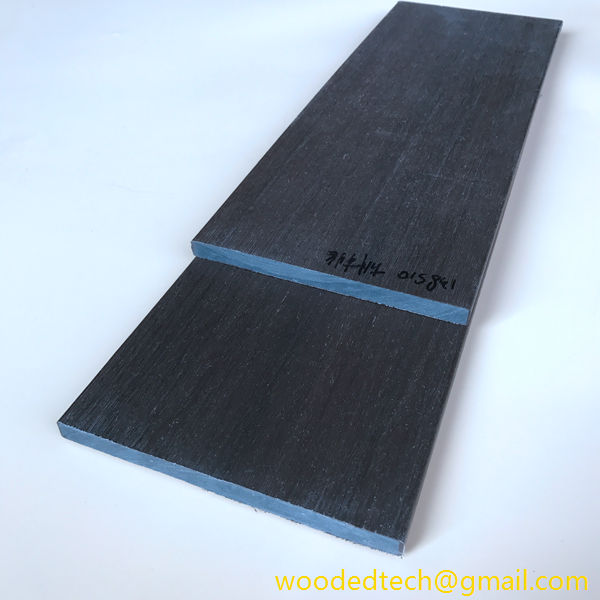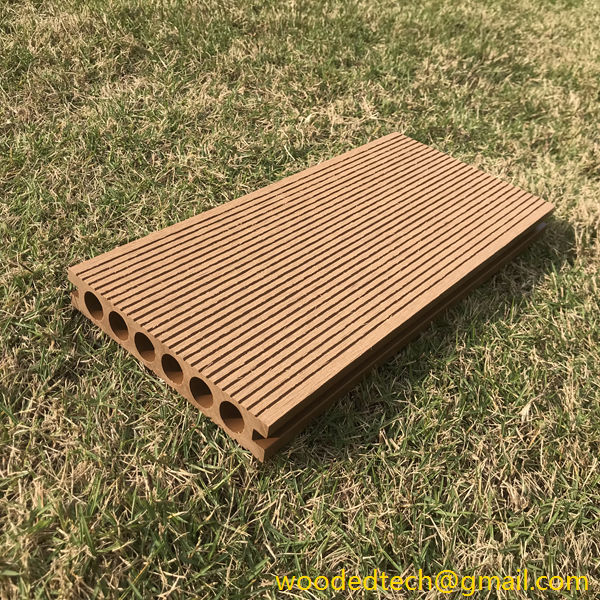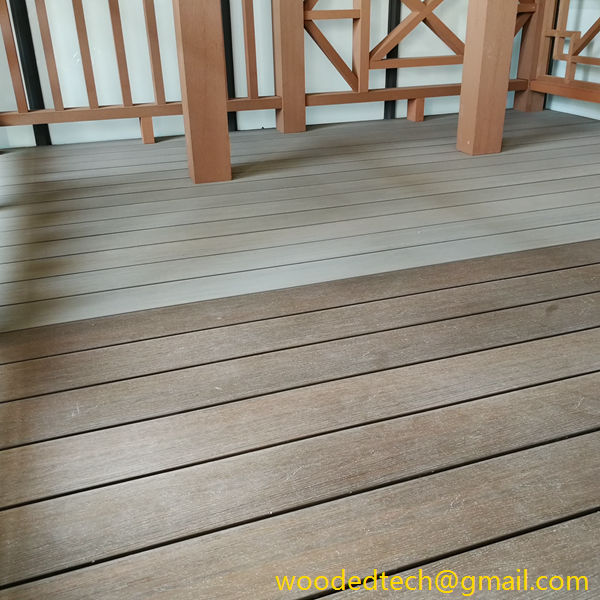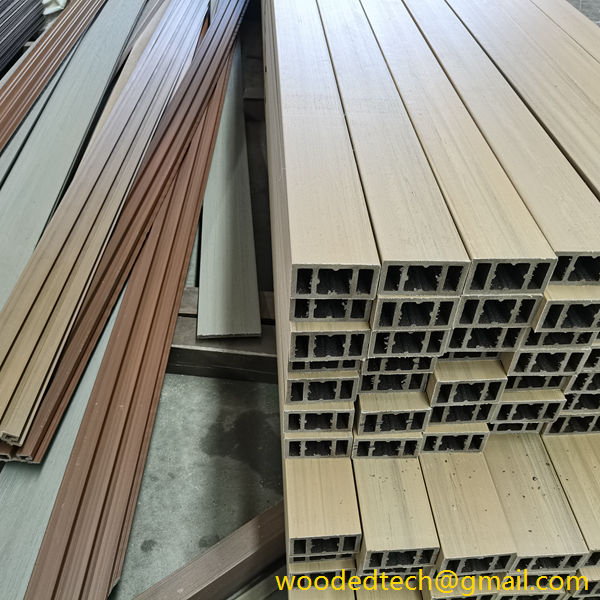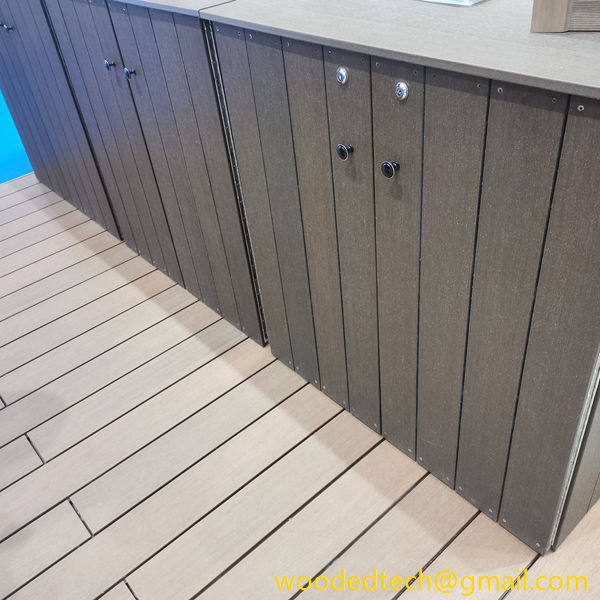Explore the Versatility of Wood Plastic Composite Cladding for Your Home
Wood Plastic Composite Cladding, often referred to as WPC cladding, has rapidly gained popularity among homeowners and architects alike due to its unique blend of aesthetic appeal and functional benefits. This innovative material combines wood fibers and plastic, resulting in a versatile cladding option that can enhance the exterior of any home. From installation to maintenance, WPC cladding offers a range of advantages that make it a compelling choice for modern construction and renovation projects.
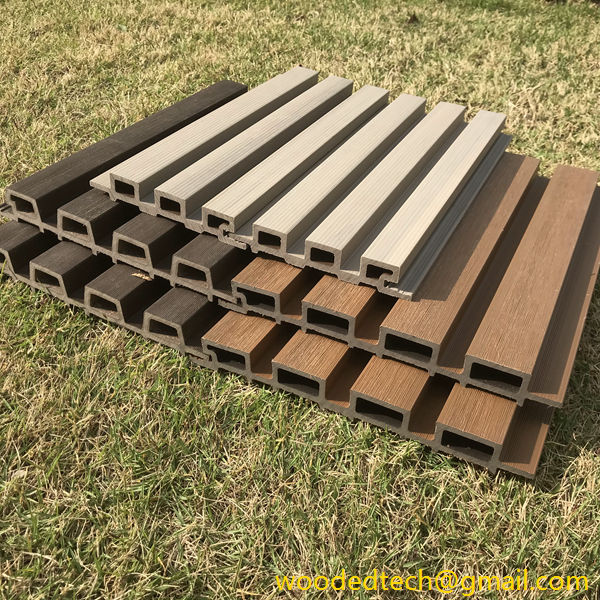
One of the most significant benefits of WPC cladding is its ease of installation. Unlike traditional wood cladding, which requires extensive preparation and can be challenging to work with, WPC cladding is designed for straightforward installation. The material is lightweight, allowing for easy handling and reducing the overall labor required during the installation process. Additionally, many manufacturers offer interlocking systems or tongue-and-groove designs, which facilitate quick and efficient assembly. This feature not only saves time but also minimizes the potential for installation errors, ensuring a seamless and professional finish.
WPC cladding is also compatible with various building styles, making it suitable for a wide range of architectural designs. Whether you have a contemporary home or a more traditional structure, WPC cladding can be customized to complement your aesthetic preferences. Available in a variety of colors, textures, and finishes, this material allows homeowners to achieve the desired look without sacrificing durability. Moreover, the ability to mimic the appearance of natural wood while providing enhanced weather resistance makes WPC cladding an attractive option for those seeking both style and longevity.
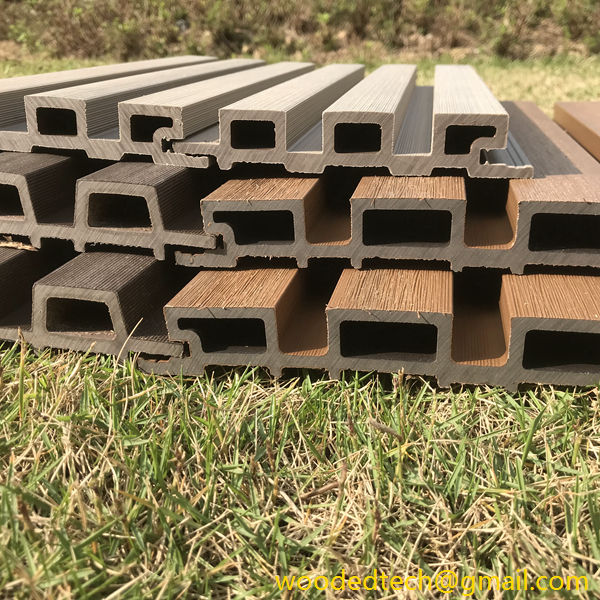
From a maintenance perspective, WPC cladding stands out as a low-maintenance alternative to traditional wood cladding. One of the most significant drawbacks of natural wood is its susceptibility to warping, cracking, and decaying due to exposure to moisture and the elements. In contrast, WPC cladding is engineered to resist these issues. The plastic component of the composite helps protect against moisture absorption, preventing the growth of mold and mildew. As a result, homeowners can enjoy the visual appeal of wood without the constant upkeep associated with traditional materials.
Cleaning WPC cladding is also a straightforward process. Regular maintenance typically involves simple washing with soap and water, making it easy for homeowners to keep their exteriors looking fresh and vibrant. Unlike wood, which may require periodic staining or sealing, WPC cladding retains its color and finish for an extended period, reducing the need for frequent maintenance. This aspect is particularly appealing for busy homeowners looking to minimize the time and effort spent on exterior upkeep.

Another important consideration when exploring the versatility of WPC cladding is its environmental impact. Many manufacturers produce WPC products using recycled materials, which contributes to sustainability efforts. By choosing WPC cladding, homeowners can feel good about their decision, knowing they are selecting a product that minimizes waste and promotes eco-friendly practices. This is especially relevant in today’s climate-conscious society, where consumers are increasingly seeking sustainable building materials.
In addition to its aesthetic and practical benefits, WPC cladding also offers excellent thermal insulation properties. The composite material helps regulate temperature, keeping homes cooler in the summer and warmer in the winter. This insulation capability can lead to energy savings over time, as homeowners may find they rely less on heating and cooling systems. Consequently, WPC cladding not only enhances the comfort of your home but also contributes to reduced energy consumption.
Moreover, WPC cladding is resistant to pests such as termites and woodpeckers, which are common issues with traditional wood products. This pest resistance further enhances the longevity of the material, providing homeowners with peace of mind knowing that their investment is protected. The durability of WPC cladding means it can withstand the rigors of various climates, from intense sunlight to heavy rainfall, making it an ideal choice for diverse geographical locations.
In conclusion, the versatility of Wood Plastic Composite cladding makes it an exceptional choice for homeowners seeking a blend of style, durability, and low maintenance. From its easy installation process to its environmentally friendly attributes, WPC cladding presents a range of benefits that cater to modern living. As homeowners continue to prioritize aesthetics and practicality, WPC cladding stands out as an innovative solution that meets these demands while enhancing the overall appearance and value of a home. Whether you are building a new home or renovating an existing one, consider WPC cladding as a viable option that offers both beauty and functionality for years to come.

